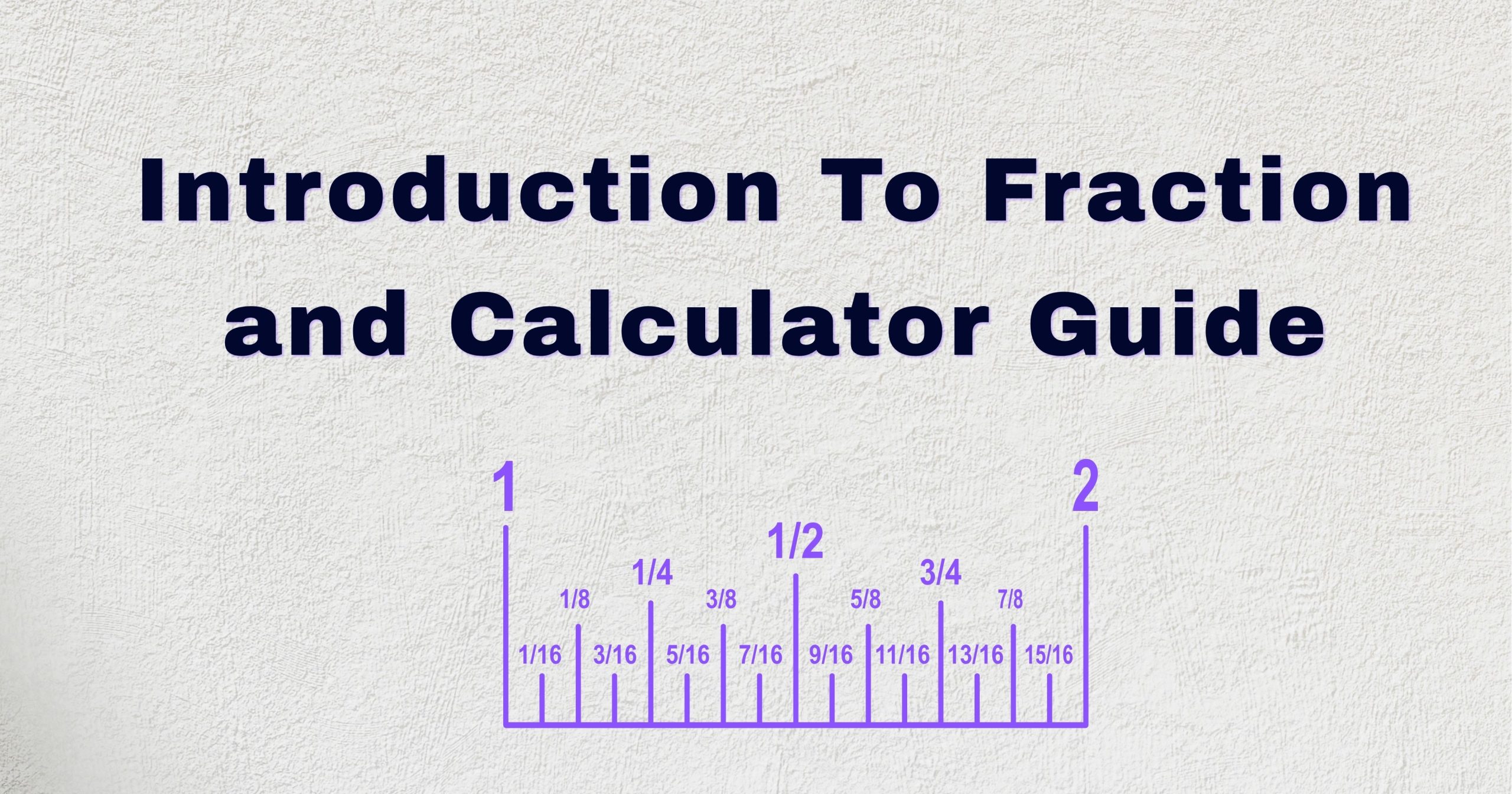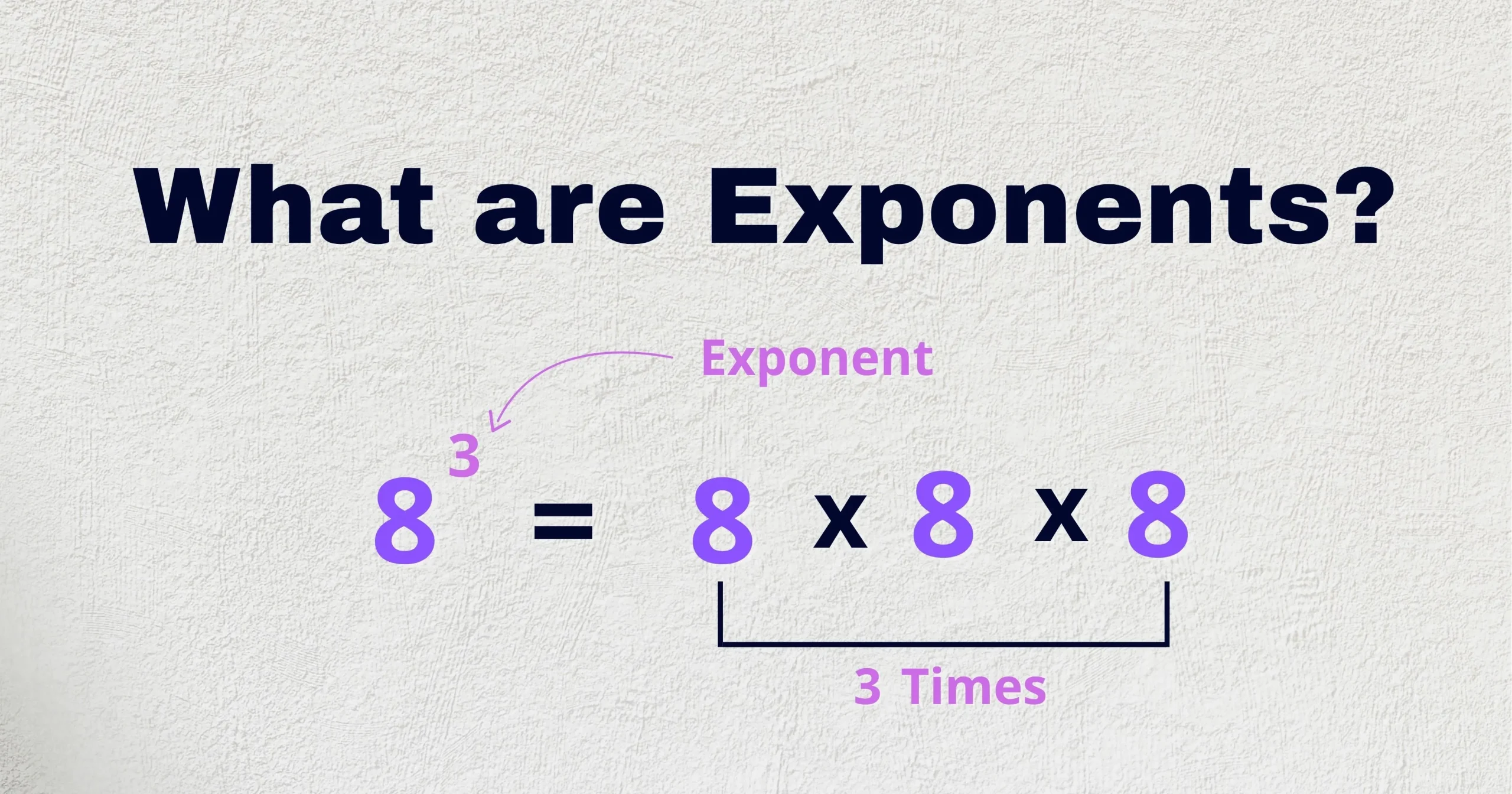The hexadecimal system is more than just tech jargon. It simplifies long binary codes, is crucial in computer science, and plays a vital role in digital color representation, memory addressing, and more. And with a hexadecimal calculator, converting between number systems becomes a breeze. Have you ever looked at a string of numbers and letters like 0x1A3F and wondered what on earth it means? If you’ve ever worked with programming, networking, or digital electronics, chances are you’ve encountered the hexadecimal number system — also known as base-16.
In this comprehensive guide, we’ll demystify what hexadecimal is, explain why it’s used, show you how to convert between number systems using a hexadecimal calculator, and dive into real-world applications. With step-by-step explanations and helpful tables, you’ll be reading and using hex like a pro.
Let’s explore everything about hexadecimal, from hexadecimal digits to how you can use a hex calculator to master the base-16 universe.
Why Do We Use Hexadecimal?
Computers use binary, but long strings of 0s and 1s are hard for humans to read. That’s why hexadecimal (base-16) is commonly used—it shortens binary while staying true to its values. One hex digit equals four binary digits, making it more compact and readable.
Key Benefits:
- Simplifies binary: Hex compresses complex binary into shorter codes.
- Faster conversions: Converting between binary and hex is quick and direct.
- Improves readability: Hex is easier to interpret, especially in coding and debugging.
- Common in tech: Used in memory addresses, HTML color codes (e.g., #FF0000), MAC addresses, and more.
The need for hexadecimal comes from its efficiency. It bridges the gap between machine language and human understanding, making it essential in programming, networking, and digital design.
Hexadecimal Number Representation
So, what is a hexadecimal digit exactly? A hexadecimal number uses 16 unique characters, combining numbers and letters to represent values in base-16. These characters are:
- 0 = 0
- 9 = 9
- A = 10
- B = 11
- C = 12
- D = 13
- E = 14
- F = 15
Because it includes values beyond 9, hexadecimal can represent larger numbers with fewer digits compared to decimal or binary. That’s why this system is especially useful in computing.
Example:
Let’s break down the hexadecimal number 2F:
- 2 = 2 × 16 = 32
- F = 15 × 1 = 15
- Total = 32 + 15 = 47 in decimal
This process demonstrates how hexadecimal digits are weighted by powers of 16, similar to how each digit in decimal is weighted by powers of 10.
Hexadecimal Conversion Guide
Understanding how to convert decimal to hexadecimal is crucial when working in programming, networking, or digital electronics. Since hexadecimal is base-16 and decimal is base-10, the conversion process involves repeated division by 16.
Example: Convert 156 to Hexadecimal
- Divide 156 by 16:
- 156 ÷ 16 = 9 remainder 12
- 12 in hexadecimal = C
- 9 is written as 9
So, 156 in hexadecimal is 9C.
You can also double-check your answer using a reliable decimal to hexadecimal calculator for faster results, especially when dealing with larger numbers.
Convert Binary to Hexadecimal
Converting binary to hexadecimal is simple and efficient—just group the binary digits into sets of four (starting from the right) and convert each group to its hex equivalent. This is because 1 hex digit = 4 binary digits, making it a natural match.
Example: Convert Binary 111010 to Hexadecimal
- Pad with leading zeros to make full 4-bit groups: 0011 1010
- Group 1: 0011 = 3
- Group 2: 1010 = A
So, 111010 in binary = 3A in hexadecimal.
For faster conversions, you can use a binary to hexadecimal calculator, especially when dealing with 16-bit or 32-bit binary strings.
Convert Hexadecimal to Binary
Each hexadecimal digit maps directly to a 4-bit binary value, which makes hexadecimal to binary conversion fast and accurate. Simply replace every hex digit with its binary equivalent.
Example: Convert Hex 4F to Binary
- 4 = 0100
- F = 1111
So, 4F in hexadecimal = 01001111 in binary.
This method works for any hex value, no matter how long. To save time and ensure accuracy with larger values, use a hexadecimal to binary converter or a chart for reference.
Convert Hexadecimal to Octal
To convert hexadecimal to octal, it’s best to go through binary as an intermediary step. First, convert each hex digit to its 4-bit binary form, then group the binary into sets of three (from right to left) to get the octal equivalent.
Example: Convert Hex 1A3 to Octal
- Convert each hex digit to binary:
- 1 = 0001
- A = 1010
- 3 = 0011
- Binary: 000110100011
- Group into 3-bit sets (from right):
- 000 110 100 011
- Convert each group to octal:
- 000 = 0, 110 = 6, 100 = 4, 011 = 3
So, 1A3 in hexadecimal = 0643 in octal
To avoid manual conversion errors, you can use a hexadecimal to octal converter, which handles binary steps automatically.
Convert Octal to Hexadecimal
To convert octal to hexadecimal, it’s best to go through binary as an intermediary step. First, convert each octal digit to its 3-bit binary form, then group the binary into sets of four (from right to left) to get the hexadecimal equivalent.
Example: Convert Octal 754 to Hexadecimal
- Convert each octal digit to binary:
- 7 = 111
- 5 = 101
- 4 = 100
- Binary: 111101100
- Group into 4-bit sets (from right):
- 0001 1110 1100
- Convert each group to hexadecimal:
- 0001 = 1, 1110 = E, 1100 = C
So, 754 in octal = 1EC in hexadecimal
To avoid manual conversion errors, you can use an octal to hexadecimal converter, which handles the binary steps automatically.
Using a Hexadecimal Calculator
A hex calculator quickly converts numbers between hexadecimal, binary, and decimal formats. This saves time and reduces errors compared to manual conversion.
Who Needs It?
- Programmers use it for low-level coding and debugging.
- Network engineers rely on it for working with IP addresses and MAC addresses.
- Web developers use it to handle hex color codes efficiently.
Benefits
- Speeds up conversion tasks
- Ensures accurate results
- Supports multiple numbering systems
- Helpful for learning and quick calculations
Most calculators allow you to input a number in one format and instantly see the equivalents in others, making it a handy tool for anyone working with different numeric bases.
ASCII and Hexadecimal
Every ASCII character corresponds to a unique hexadecimal value. For example:
- A = 41
- B = 42
- Space = 20
- @ = 40
This mapping is essential for encoding text data in computers, allowing text to be stored, transmitted, and processed efficiently.
Example:
The word “AB @” converts to hex as:
A → 41
B → 42
(space) → 20
@ → 40
So, “AB @” in ASCII is represented as the hexadecimal string 41 42 20 40.
Developers and engineers often use tools like ASCII to hex converters or hex to ASCII translators during debugging, data encoding, and communication protocols to easily switch between readable characters and their hexadecimal representations.
Real-World Applications of Hexadecimal
Hexadecimal is widely used in various fields because it offers a compact and readable way to represent binary data.
Where is Hexadecimal Used?
- Programming: Memory addresses and pointer values are often shown in hex to simplify reading and debugging.
- Web Development: Colors are defined using hex color codes like #FF5733, allowing precise control over color in websites and apps.
- Networking: MAC addresses, which uniquely identify network devices, are represented in hexadecimal format.
- Debugging: Hex dumps display raw memory content during troubleshooting, making it easier to inspect data.
Hexadecimal plays a vital role across computing and technology, bridging human-readable and machine-level data.
Advantages and Disadvantages of Hexadecimal
Hexadecimal is a base-16 number system widely used in computing and digital electronics. Like any system, it has its strengths and limitations. Understanding these can help you decide when to use hexadecimal effectively.
Advantages:
- Compact: Uses fewer digits than binary to represent the same value, making numbers shorter and easier to write.
- Readable: Easier for humans to read and interpret compared to long binary strings.
- Efficient: Converts quickly to and from binary since each hex digit corresponds exactly to 4 binary bits.
Disadvantages:
- Not Intuitive for Beginners: Hexadecimal is less familiar than decimal, so it can be confusing for those new to number systems.
- Limited Mathematical Use: Unlike decimal, hex isn’t typically used for everyday arithmetic or calculations.
Understanding these pros and cons helps decide when hexadecimal is the best choice for representing and working with data.
Hexadecimal Number Table (0–255)
Here’s a handy hexadecimal table that compares decimal values with their corresponding hexadecimal equivalents. This table is a useful reference for understanding how numbers translate between these two systems:
| Decimal | Hexadecimal |
| 0 | 00 |
| 10 | 0A |
| 16 | 10 |
| 31 | 1F |
| 255 | FF |
Practice Questions on Hexadecimal
Test your knowledge and sharpen your skills with these questions:
- Convert decimal 245 to hexadecimal.
- Convert binary 10101111 to hexadecimal.
- Convert hexadecimal 1C3 to decimal.
- What is the ASCII hexadecimal value for the character C?
- What is the binary equivalent of hexadecimal 2A?
- Convert octal 754 to hexadecimal.
- Convert hexadecimal FF to decimal.
- Convert decimal 1023 to hexadecimal.
- What is the hexadecimal representation of the ASCII string “HELLO”?
- Convert hexadecimal 7B to binary.
- Convert binary 11010101 to hexadecimal.
- What is the decimal value of hexadecimal A9?
- Convert hexadecimal 3F2 to octal.
- Find the hexadecimal equivalent of decimal 4095.
- What is the ASCII character for hexadecimal 4D?
Try working through these to get more comfortable with hexadecimal conversions and related concepts!
10. FAQs on Hexadecimal
What is a hexadecimal number?
A hexadecimal number is a number expressed in base-16, using digits from 0 to 9 and letters A to F. It is commonly used in computing to represent binary data in a more readable and compact form.
Why do we use hexadecimal instead of binary?
Hexadecimal simplifies binary notation by grouping every four bits into one hex digit. This makes reading, writing, and interpreting long binary strings faster and less error-prone, especially in coding and debugging.
How do you convert a decimal number to hexadecimal?
To convert decimal to hexadecimal, divide the number by 16 and track the remainders until the result is zero. The remainders, read in reverse, give the hex equivalent—or use a decimal to hexadecimal calculator for a quick result.
What does 0x mean in hexadecimal notation?
The prefix 0x indicates that the number following it is in hexadecimal format. It’s widely used in programming languages like C, C++, and Java to distinguish hex values from decimal or binary numbers.
How is hexadecimal used in web design?
In HTML and CSS, hexadecimal color codes are used to define colors, such as #FFFFFF for white or #000000 for black. Each pair of digits in the 6-character hex code represents the intensity of red, green, and blue (RGB).
What are the hexadecimal digits from 0 to F?
The hexadecimal digits are: 0, 1, 2, 3, 4, 5, 6, 7, 8, 9, A, B, C, D, E, F. While 0 to 9 match regular decimal digits, A to F stand for values 10 through 15.
How do you convert hexadecimal to binary?
To convert hexadecimal to binary, replace each hex digit with its 4-bit binary equivalent. For example, hex 2F becomes 00101111 in binary.
What is ASCII to hexadecimal conversion?
ASCII to hexadecimal conversion translates text characters into their hex equivalents. For example, the letter ‘C’ has an ASCII value of 67, which converts to 43 in hexadecimal.
Is hexadecimal used in IP or MAC addresses?
Yes, hexadecimal is used in MAC addresses (e.g., 00:1A:2B:3C:4D:5E) and IPv6 addresses (e.g., 2001:0db8:85a3:0000:0000:8a2e:0370:7334). It provides a more efficient and readable way to represent long binary strings.
What is the difference between a hexadecimal calculator and a converter?
A hexadecimal calculator allows you to perform arithmetic operations directly in the hex system. A converter is designed to change values from one base (like decimal or binary) into hexadecimal and vice versa.


